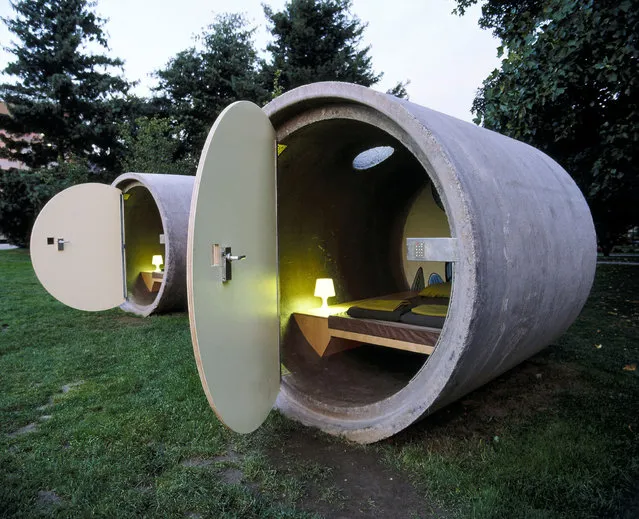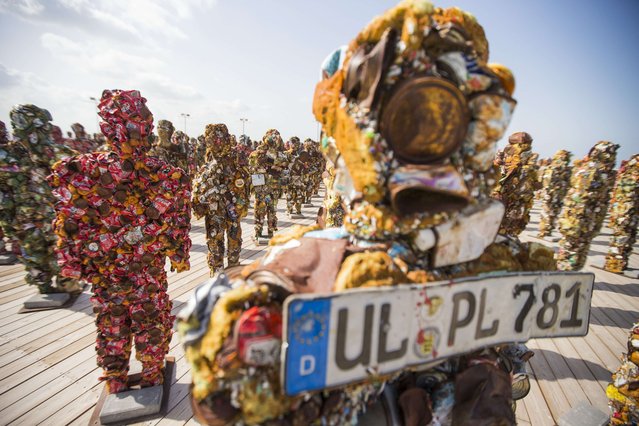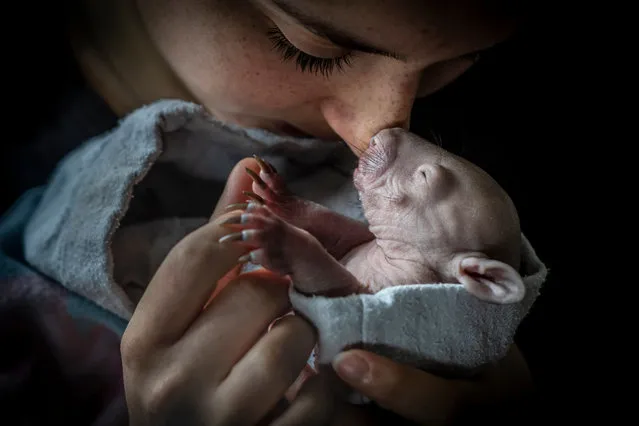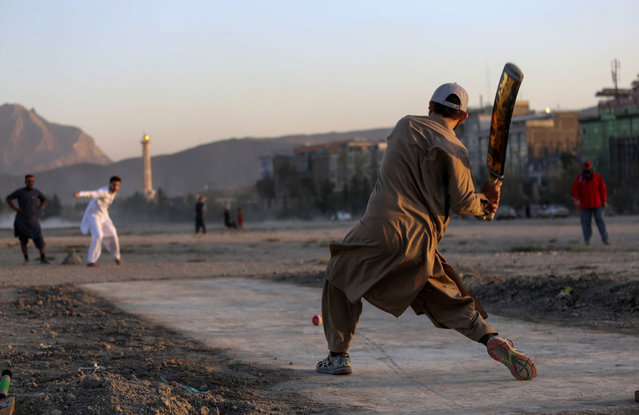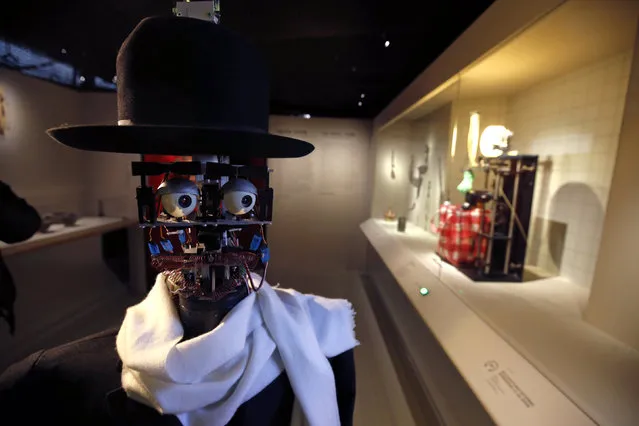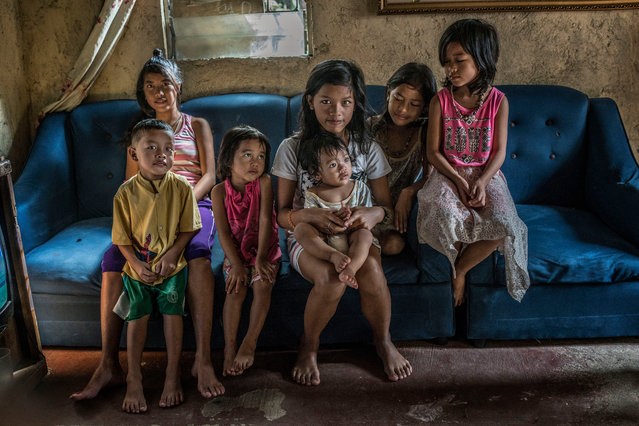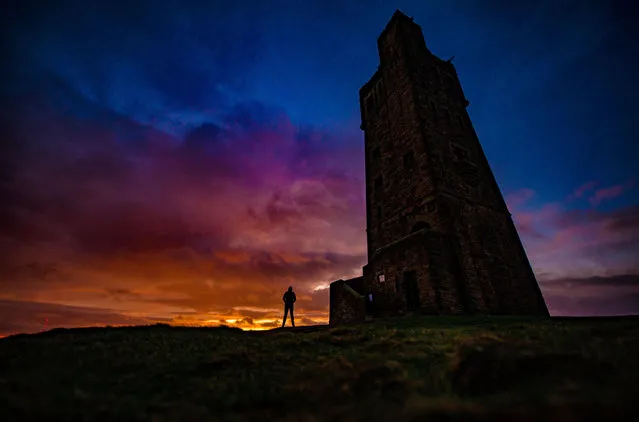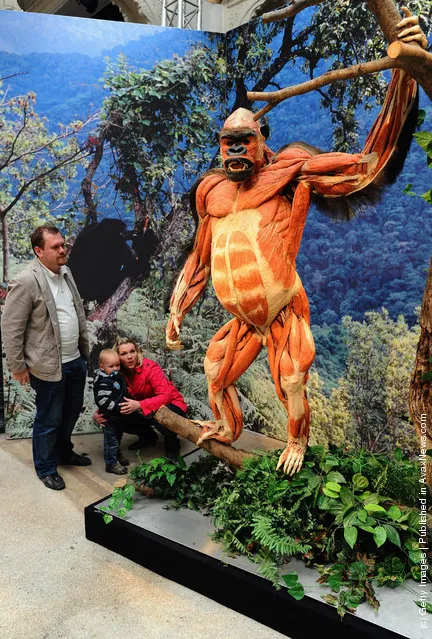
Visitors look at a plastinated gorilla on the opening day at the Body World Animals exhibition at the Cologne Zoo on April 15, 2011 in Cologne, Germany. The exhibition is by Gunther von Hagens, who uses a special process to preserve real bodies, whether animal or human, in order to display the inner organs, muscles and other physical elements. The exhibition will be open to the public until September 30.
15 Apr 2011 17:16:00,post received
0 comments

